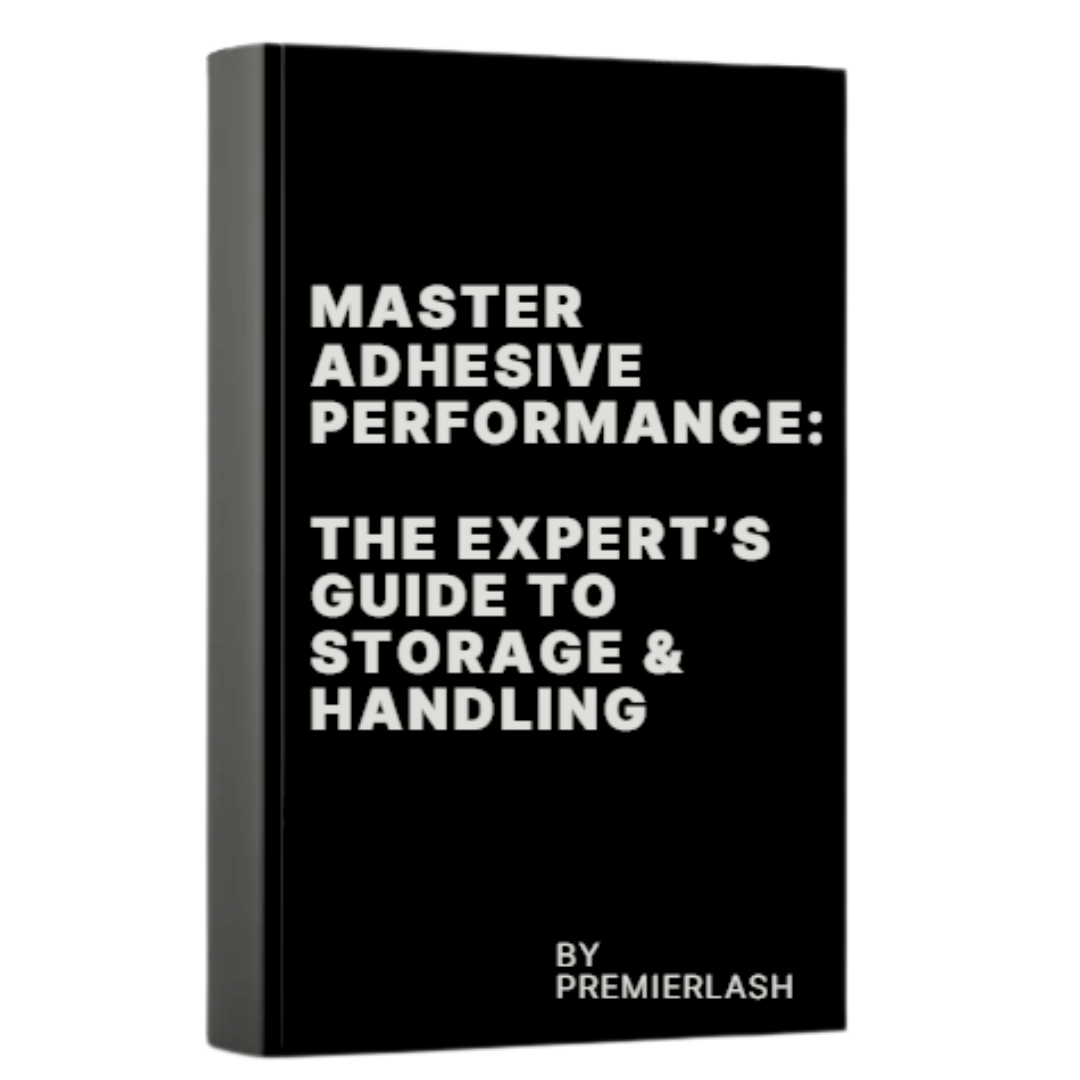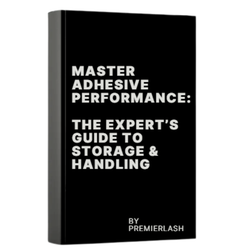Master Adhesive Performance: The Expert's Guide to Storage and Handling
Nov 5th 2025
Master Adhesive Performance: The Expert's Guide to Handling and Optimal Storage

Achieving flawless, long-lasting lash retention requires meticulous care of your adhesive. As a lash expert, I can assure you that simple, correctable handling and storage mistakes are often the culprits behind poor bond strength and premature curing.
Step 1: Utilize a Dedicated, Airtight Storage Environment
The most effective way to protect your adhesive is to store it in a cool, dark, and dry place immediately after every use.
The Adhesive's Enemies are Moisture and Light:
- Airtight Seal: Use a specialized adhesive storage container with a vacuum or airtight seal. This creates a controlled environment that blocks ambient humidity from prematurely starting the curing process inside the bottle.
- Block the Light: Always use an opaque container to shield the adhesive from sunlight and UV exposure, which break down the formula.
- Maintain Room Temperature: Keep the container in a consistent room-temperature setting (ideally between 68°F and 73°F). Avoid storing it in warm areas, near heaters, or by windows where temperatures fluctuate rapidly.
Step 2: Master the Pre-Application Routine (Mix & Clean)
Storage is only half the battle. How you handle the bottle right before and after dispensing the glue is crucial for consistent results.
Mix it Up—Thoroughly (The Vortex Method):
Adhesive contains stabilizers that separate from the main cyanoacrylate component. If not mixed, you dispense ineffective stabilizer instead of adhesive.
Adhesive contains stabilizers that separate from the main cyanoacrylate component. If not mixed, you dispense ineffective stabilizer instead of adhesive.
While manual shaking works, a growing favorite among professionals is the vortex mixer. This popular tool uses rapid circular motion to blend the adhesive far more thoroughly and quickly than shaking by hand.
- Vortex Mixer Use: Pop your adhesive bottle onto the vortex mixer for 30 to 60 seconds for a perfectly homogenized mixture.
- Manual Shaking (If needed): If shaking manually, ensure you go for a full two minutes at the start of your day, and one minute before each new drop.
Pro-Tip for Nozzle Health:
Remove the cap before you mix the bottle. Cover the nozzle tip with a piece of foil or a lint-free pad. This prevents glue from getting into the cap threads and causing frustrating clogs.
Remove the cap before you mix the bottle. Cover the nozzle tip with a piece of foil or a lint-free pad. This prevents glue from getting into the cap threads and causing frustrating clogs.
The "Puddle Test":
A perfectly mixed, fresh drop of adhesive forms a crisp, dome-shaped bubble on your tile. If the glue spreads into a flat puddle, you need to mix it longer.
A perfectly mixed, fresh drop of adhesive forms a crisp, dome-shaped bubble on your tile. If the glue spreads into a flat puddle, you need to mix it longer.
Step 3: "Burp" the Bottle and Clean the Nozzle Immediately After Dispensing
Don't let air bubbles or residue ruin your bottle. These two final steps ensure a consistent flow and a clear nozzle.
- "Burp" Your Bottle: Gently and slowly squeeze the bottle with the cap off to allow any trapped air bubbles to seep out before closing it up.
- Wipe the Tip: Immediately after dispensing your drop, use your lint-free pad or foil wipe to thoroughly clean the nozzle tip. This prevents dried adhesive buildup that causes clogs and ruins the airtight seal when you put the cap back on.
By following these three critical steps, you ensure every drop of adhesive is fresh, consistent, and ready to deliver the best retention possible, all without the risks of refrigeration!
